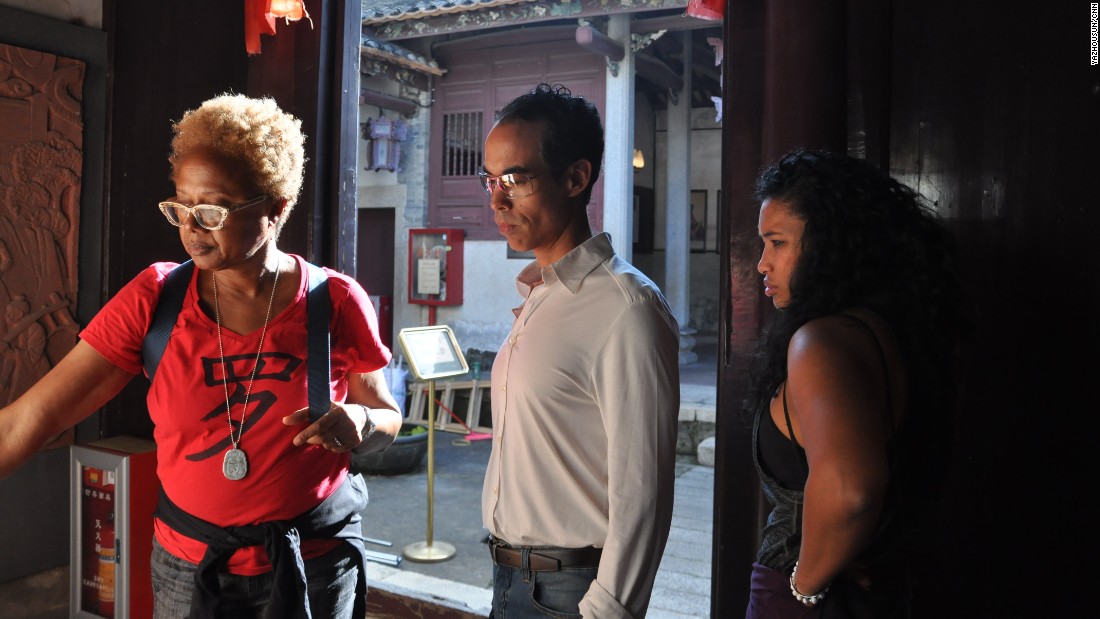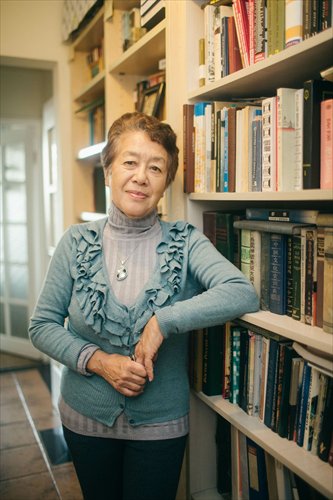Invisible Bridges: Life Along the Chinese-Russian Border
The New Yorker
2016-02-09
Peter Hessler
In the summer of 2014, Davide Monteleone, an Italian photographer who had lived in Moscow for more than a decade, began to travel to the Russian-Chinese border in search of something that felt real and reliable. “I had been covering the uprising in Ukraine, and then the civil war and the occupation of Crimea,” he told me. “I was disturbed by how hard it was to remain neutral when there was so much press attention. I felt like whatever I did was going to be used for propaganda. So I thought about doing something far away.” After the European Union and the United States levied sanctions against Russia, the country began signing high-profile gas and trade agreements with China. “There were a lot of articles in Russia about this new friendship between Russia and China,” Monteleone said. “So I figured, let’s go and see what’s going on. Is this relationship real?”
In Moscow, Monteleone had read about a new bridge across the Amur River that the Russians were supposedly building at the city of Blagoveshchensk. “But you go there and there is no bridge,” he said. “People in Moscow knew about this bridge, but the people in this place didn’t even know they were planning to build it.” In the regions around the phantom bridge, he noticed other things that were also missing. “On the Russian side, there’s no agriculture,” he said. “It’s forest and that’s it. You ask the Russians why they don’t grow anything, and they say, ‘The weather is not very good; you can’t grow anything.’ And then you cross to the Chinese side, and there are plantations everywhere! It’s only two hundred metres, so the climate must be the same.”…
…Over the past two centuries, there have been periodic tensions between Russia and China, including some serious border conflicts, and historically Russia has usually held the upper hand. But nowadays, at the personal level, Monteleone notices a different dynamic. “In a remote place like this, the Russians just wait for something that is going to happen, while the Chinese try to do something,” he said. This disparity seemed to shape the interpersonal dynamics of many Russian-Chinese couples that Monteleone met on his travels. In Blagoveshchensk, he spent time with a Chinese businesswoman who runs a small empire of Russian hotels and restaurants. Back in her hometown of Harbin, she has a husband and a child, but across the border she has acquired a kind of modern-day concubine—a Russian husband, along with another child. “I suspected that the Russian husband—it’s also for practical reasons,” Monteleone said. “Chinese cannot open companies in Russia if they don’t have a Russian partner.” He found it fascinating to watch them interact: “She was saying, ‘Go and get the car!’ ‘Bring me there!’ ‘Call this person!’ He was a husband, but at the same time he was an employee. She was speaking Russian, but in a strange accent.”
That was one of the few mixed couples that Monteleone encountered in which a Chinese woman was paired with a Russian man. “The combination is usually Chinese men and Russian women,” he said. This may be a result of simple demographics: in Russia, there are only eighty-seven men to every hundred women, whereas in China there are a hundred and six men to every hundred women. But, in Monteleone’s view, it’s also a convergence of different social and economic forces. “It’s because men die much sooner in these parts of Russia,” he said bluntly. “In this kind of remote region, there’s no jobs, no activities, no way to spend time, so the men just drink.” He continued, “And Russian women here seem to be much more responsible than men. I’m sorry to say it, but they’re the ones taking care of things.” On the southern side of the border, he noticed that language schools are full of young Russian women who seem dedicated to acquiring Mandarin, and perhaps a Chinese husband…
Read the entire article here.


